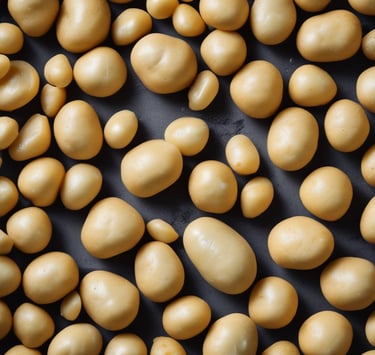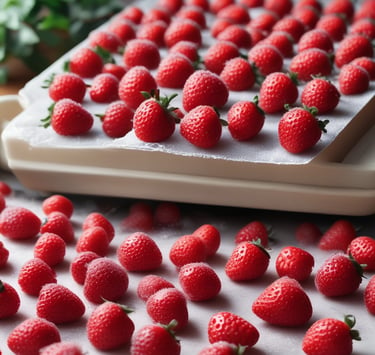What to Do with a Bunch of Fresh Basil? Make Homemade Basil Salt!
Got a bunch of fresh basil? Don’t let it go to waste! Learn how to make homemade basil salt—a 2-ingredient DIY spice that’s perfect for seasoning veggies, meats, pasta, and more. A simple, flavorful way to preserve basil and elevate your cooking.
PRESERVE & REUSEINGREDIENTS PREPHOME STAPLESSMART COOKING SHORTCUTS
BY EYA
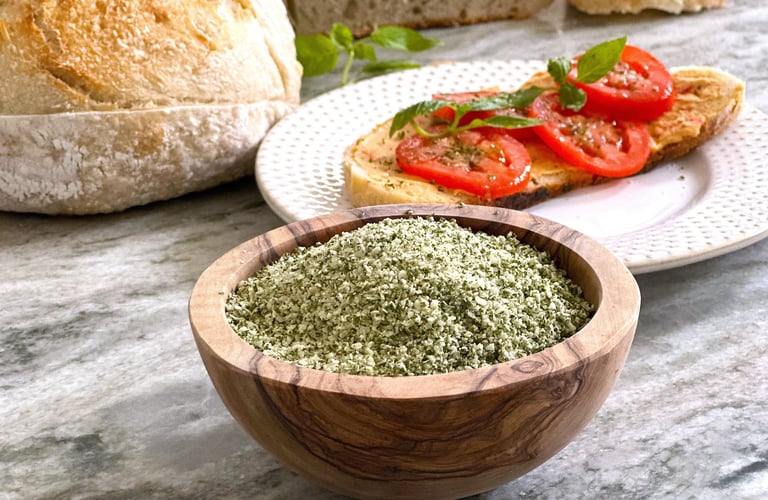

What to Do with a Bunch of Fresh Basil? Make Homemade Basil Salt!
If you're wondering what to do with a bunch of fresh basil—maybe your garden is overflowing or you scored a deal at the farmer’s market—here’s a delicious, practical solution: make basil salt.
This simple, 2-ingredient homemade spice is one of the best ways to preserve fresh basil and enhance your cooking at the same time. Whether you’re a home cook looking to minimize waste or just want to add bold, herby flavor to your meals, basil salt is the answer.
Welcome To Smart Kitchen BY EYA
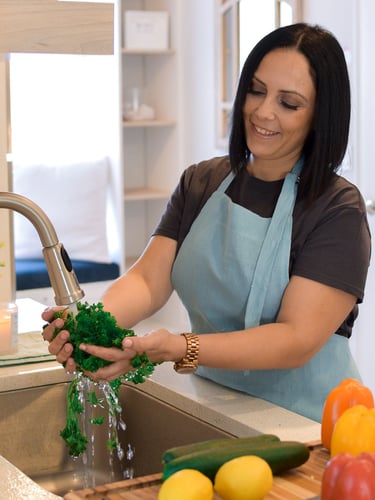

Hi, I’m EYA — here to help you cook smarter, save time, reduce food waste, and make the most of every corner of your kitchen.
Why You Should Make Basil Salt
Fresh basil is amazing, but it wilts quickly. Instead of letting it go to waste, turn your extra basil into a flavorful seasoning that lasts for months. Basil salt is the perfect DIY spice blend for elevating everything from roasted veggies and eggs to pasta and meats. And the best part? You only need basil and salt.
Ingredients
A bunch of fresh basil (homegrown or store-bought)
Coarse sea salt or kosher salt
That’s all it takes to create this simple, aromatic culinary enhancement.
Freezer tips
Want to see the full method in action? Check out my YouTube video tutorial to follow along visually. I’ll show you exactly how I make basil salt from garden to jar.
And don’t forget to like, comment, and subscribe for more kitchen tips, preserving hacks, and delicious recipes!
2-ingredient spice that will elevate your culinary creations! - Video
1. Harvest or Buy Fresh Basil
If you’re growing basil, pick it in the morning after the dew has dried but before the sun gets too hot. Look for healthy, green, unblemished leaves. No garden? Grab a bunch from your local farmer’s market or grocery store.
2. Wash and Dry the Basil
Rinse the leaves under cold water to remove dirt or bugs. Gently pat them dry with a clean kitchen towel or use a salad spinner. Lay them out to air dry for a bit—removing excess moisture is key to prevent clumping during drying.
3. Blend with Salt
In a food processor, combine 1 part fresh basil with 1 part coarse salt. I prefer a more herb-forward blend, so I used about 1 cup of kosher salt with a generous handful of basil. Pulse until it reaches a fine, green-speckled texture.
4. Dry the Basil Salt
Spread the mixture thinly on a parchment-lined baking sheet. Bake at 200°F (90°C) with the oven door slightly open to let moisture escape. Stir every 10 minutes. Drying can take anywhere from 20 minutes to several hours, depending on humidity and thickness. A dehydrator works too.
5. Cool and Store
Once fully dry, let it cool. Break up any clumps by hand or pulse again briefly. Store in a glass mason jar or airtight container in a cool, dark place. Your homemade basil salt is now shelf-stable and ready to use!

How to Use Basil Salt
Now that you’ve preserved your fresh basil, here’s how to use your basil salt:
Sprinkle on roasted veggies like potatoes or carrots
Use it to season meats or fish before grilling
Add to scrambled eggs or omelets
Toss into pasta, risotto, or even popcorn
Mix into salad dressings or vinaigrettes
Finish avocado toast with a herby, salty punch
This is one of those easy recipes that keeps on giving—you’ll wonder how you cooked without it!
Bonus: More Ideas for Using Up Fresh Basil
If you still have basil left, don’t stop at salt. Other great ways to preserve or use basil include:
Homemade pesto
Freezing basil leaves in olive oil
Drying basil for future use
Infused basil vinegar or oil
But if you want a fast, flavor-packed solution? Make basil salt first.
Final Tips
Don’t skip the parchment paper—basil salt sticks even to nonstick pans.
Adjust basil-to-salt ratio to suit your taste.
Makes a beautiful edible gift idea for friends and foodies.
With this one simple recipe, you’ll stop asking “what can I do with all this fresh basil?” and start sprinkling flavor on everything. 🌿
Want to be smarter in the kitchen?
Check out My Free Guide: 10 Foods You’re Freezing Wrong (And How to Fix It)
Follow me on YouTube and Instagram for daily inspiration, kitchen hacks, and deliciously smart storage ideas.
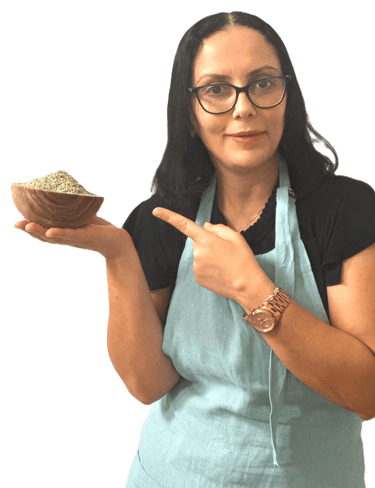

How to Make Basil Salt – Step-by-Step

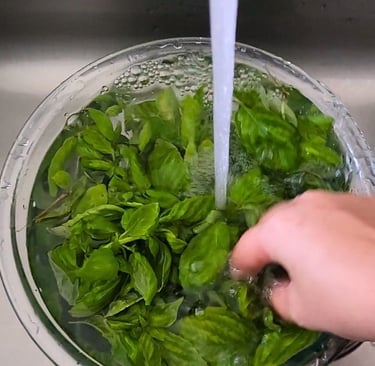

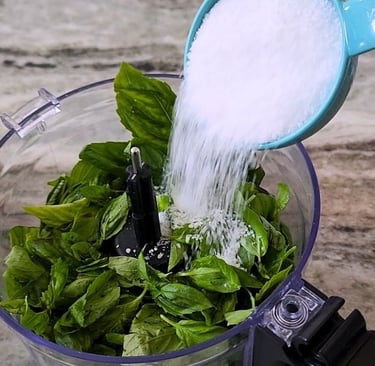
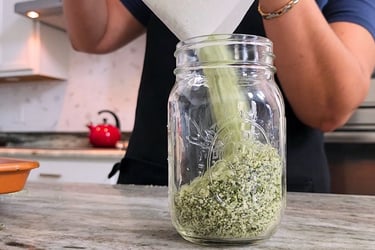

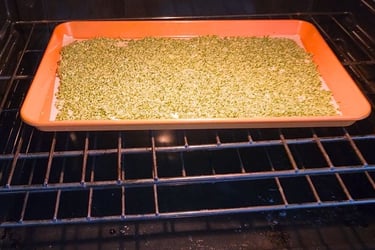

Join the Smart Kitchen Community
If you love tips on freezing, storing, and enjoying food the smart way, you're in the right place! Don’t forget to Grab my Free Guide: 10 Foods You’re Freezing Wrong (And How to Fix It)
📝 Looking for more kitchen-smart recipes? Explore the Recipes section of the blog.

